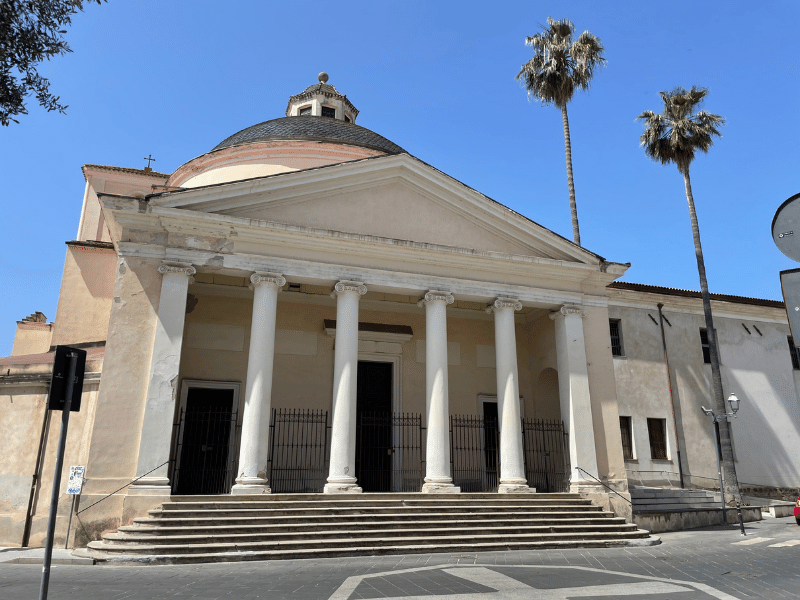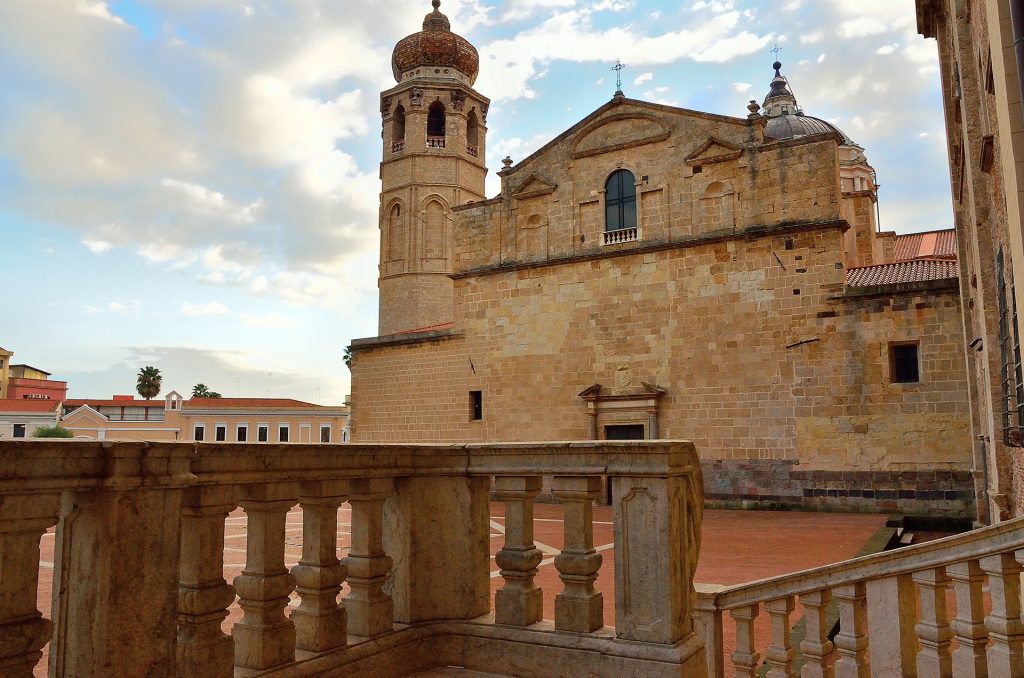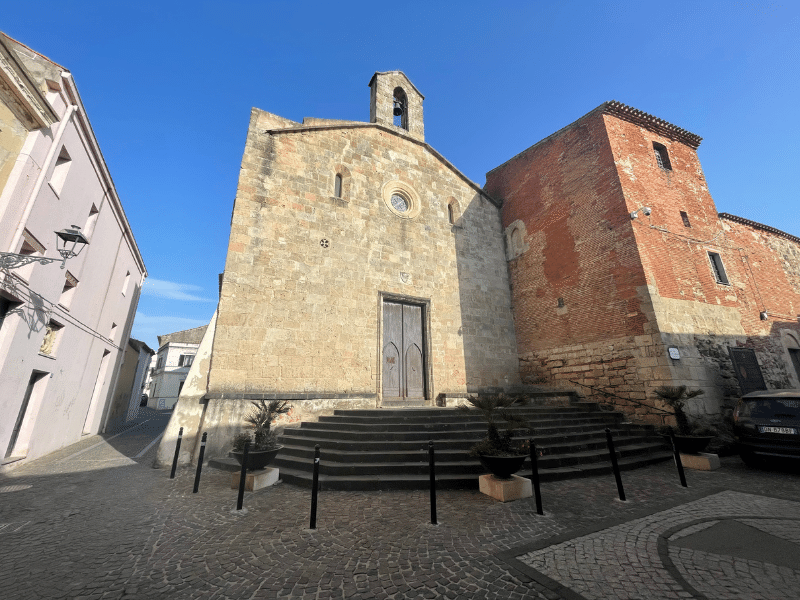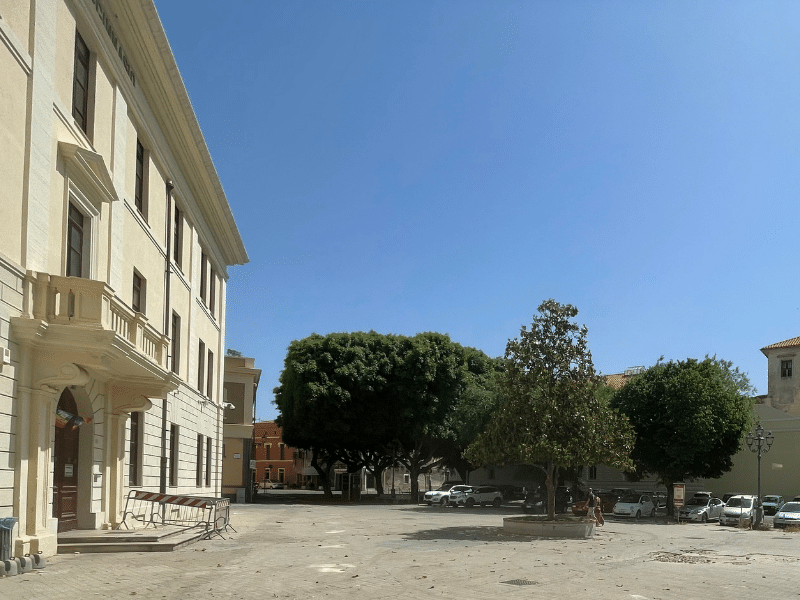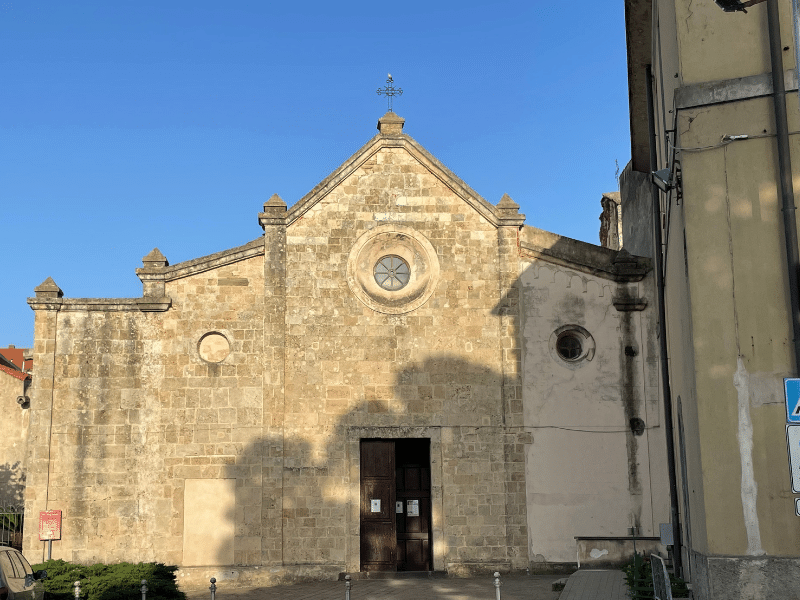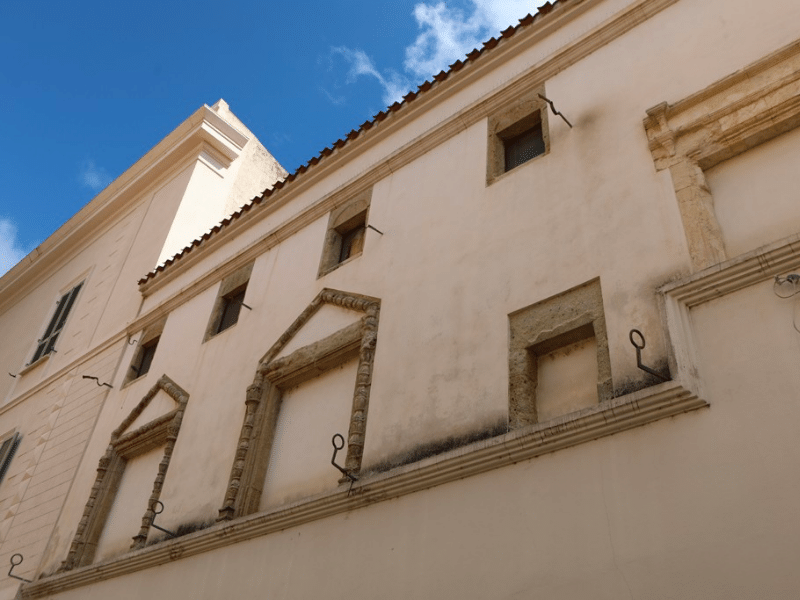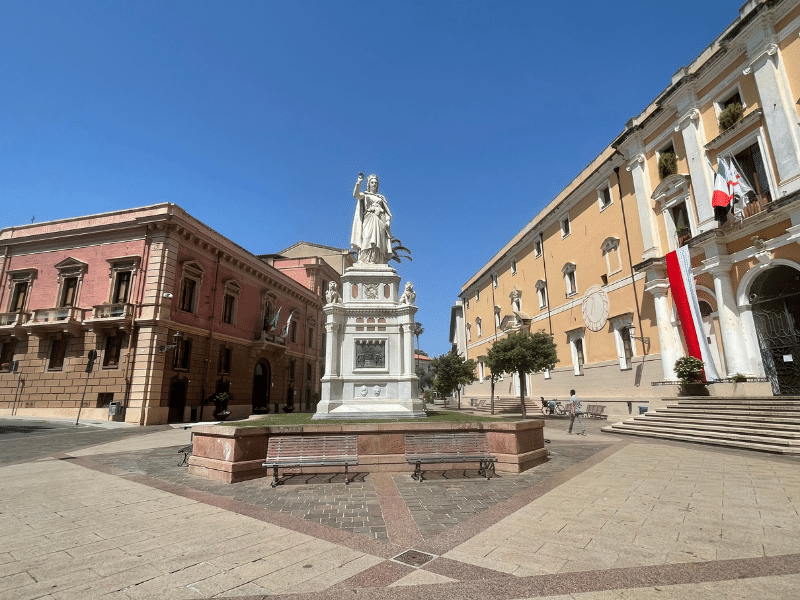In 1376, the eldest son of Mariano IV, Ugone III de Bas-Serra, rose to the Arborean throne. A valent man of action, he gave proof of remarkable legislative skills, issuing several ordinances for the city of Sassari and exacerbating some penalties contained in the Carta de Logu.
Ugone III was assassinated in 1383 during a riot, together with his only daughter Benedetta. Following the incident, she was called to govern her sister, Eleonora de Bas-Serra, who around 1376 had married the Genoese Brancaleone Doria. Two sons were born from the marriage with nobleman Doria, Federico and Mariano. Eleonora reigned as “regent” Giudice and not by right, as foreseen by the Sardinian medieval legislation, in the name and on behalf of the minor children.
The Itinerary
The itinerary includes a visit to the places that testify to the glorious Giudicale Middle Ages of Oristano. Starting from the Church and Hospital of Sant’Antonio, belonging to the XIV century, continuing to the Church of San Francesco, at the turn of the XIII-XIX centuries, the Cathedral Church of Santa Maria Assunta, dating back to the XIV-XVIII centuries, the Church of Santa Chiara, from the 14th century, the Piazza de Sa Majoria, from the 13th century, that is the current Piazza Manno, where the Giudicale Castle, the Tower of San Filippo and the Porta Mari were located and the Church of San Martino, from the 13th century extra muros, it is possible to recall facts and characters of one of the most prosperous ages of the city. Evidence of the Giudicato period carved in the stones of the churches, such as the tombstone of Filippo Mameli in the Cathedral and the epigraph of Costanza di Saluzzo in the church of Santa Chiara, join the medieval symbols represented by the walls and towers still intact.

